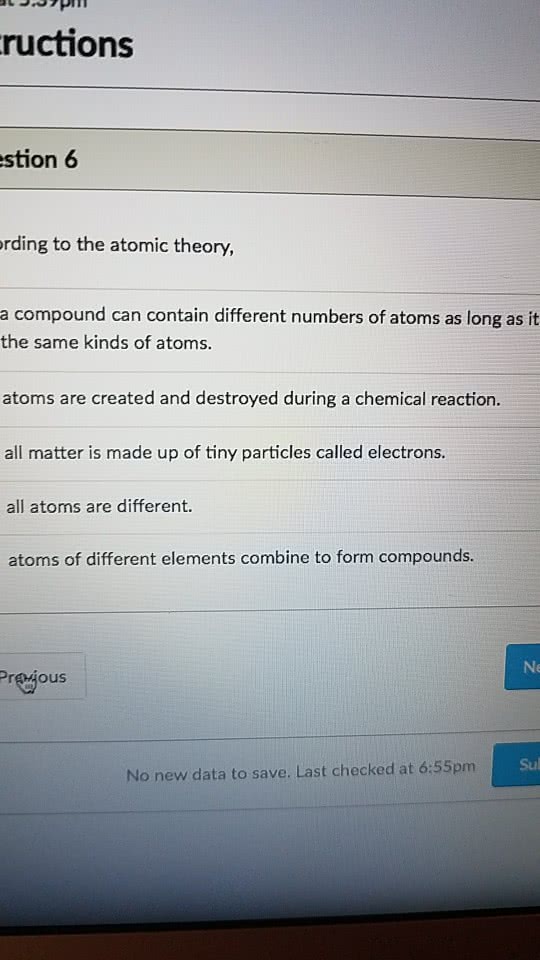CHE 201 Lecture Notes - Lecture 2: Dichlorine Monoxide, Polyatomic Ion, Oxyanion
Document Summary
Joh(cid:374) dalto(cid:374)(cid:859)s ato(cid:373)i(cid:272) theory: all elements are made up of primary particles called atoms. 75. 8 mass % arsenic: law of conservation of mass, matter can neither be created nor destroyed, ex, a flashbulb contains magnesium and oxygen before use and magnesium oxide afterward, but its mass does not change. Table 2. 1 masses and charges of subatomic particles. Atomic number: the number of protons inside the nucleus of each atom in an element. Isotopes: atoms that have the same atomic number but different mass number (different neutron #: chemical properties of an element depend only on the protons and electrons; isotopes have the same chemical properties as their element. Atomic mass: mass of an atom given in amu, 1 gram = 6. 022*10^23 amu. If given everything except %s (x) * (atomic mass) + (1-x) * (atomic mass) = average atomic mass.



